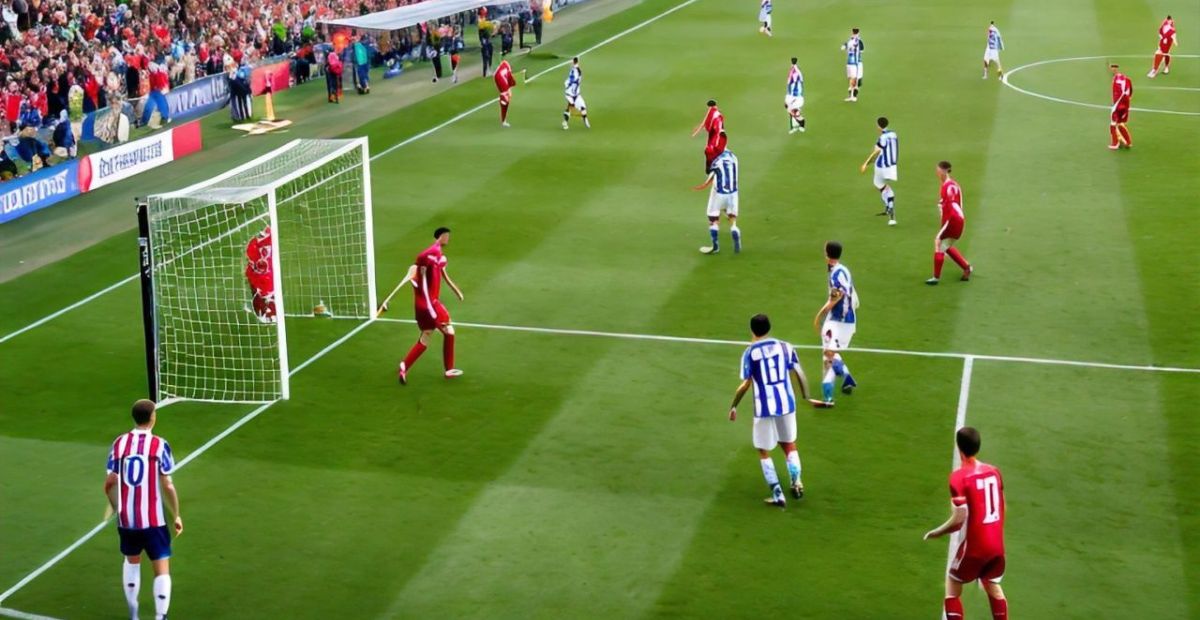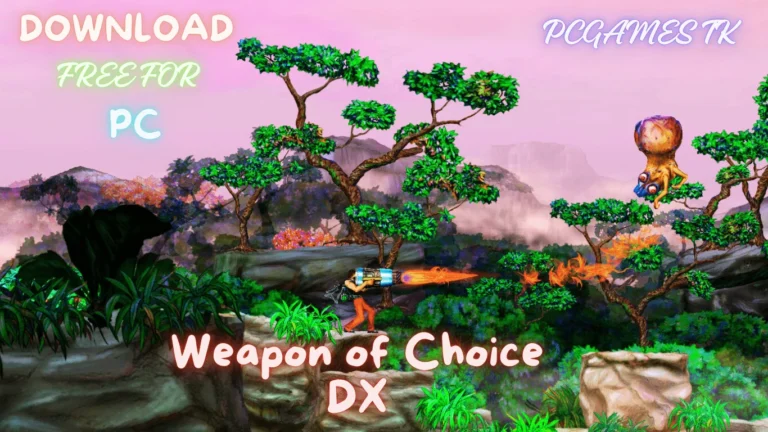Ever found yourself glued to the TV, waiting to see just how long is a soccer game will last? Soccer, or football as it’s known in many parts of the world, has a fascinating structure that determines how long a match can be. Whether you’re a die-hard fan or a casual viewer, understanding the ins and outs of soccer game duration can enhance your appreciation of the sport.
Known as the “beautiful game,” soccer is adored by millions of people worldwide. Whether you’re a player, coach, or fan, understanding the length of a soccer game is crucial. This guide breaks down the durations of soccer games at different levels, from professional matches to youth leagues.
Standard Duration of a Soccer Game
Regulation Time
A standard soccer game is composed of two halves, each lasting 45 minutes. This makes the total regulation time 90 minutes. These halves are continuous, meaning the clock doesn’t stop for typical play actions like out-of-bounds or free kicks.
Halftime Interval
Between the two halves, there’s a halftime interval that lasts 15 minutes. This break allows players to rest, receive instructions from their coaches, and hydrate. For fans, it’s a perfect time to grab a snack or discuss the first half’s highlights.

Additional Time in Soccer
Injury Time (Stoppage Time)
Unlike some sports, soccer doesn’t stop the clock for injuries or other delays. Instead, the referee adds time at the end of each half, known as stoppage time or injury time. This compensates for the minutes lost to various interruptions during regular play.
Why Injury Time Is Added
Injury time covers a range of stoppages: injuries, substitutions, time-wasting, and other delays. The fourth official typically indicates the amount of injury time to be added at the end of each half, and it’s usually displayed on an electronic board.
Extra Time in Soccer
When Is Extra Time Played?
The extra time comes into play during the knockout stages of tournaments when a winner must be determined. If the game is tied after the regular 90 minutes, two additional 15-minute halves are played.
Structure of Extra Time
Extra time is structured similarly to the regular halves, with a short break in between. If the score remains tied after these 30 minutes, the game proceeds to a penalty shootout.
Penalty Shootouts
A penalty shootout is used to determine a winner if the game is still tied after extra time. Each team takes turns shooting from the penalty mark, and the team with the most goals after five rounds wins. If still tied, it goes to sudden death until one team scores and the other doesn’t.
When Do Penalty Shootouts Occur?
Penalty shootouts are used to determine a winner if a game is still tied after extra time. They are common in the knockout stages of tournaments.
Procedure of Penalty Shootouts
Each team selects five players to take alternating shots from the penalty spot. If still tied after five rounds, the shootout proceeds to sudden death rounds until a winner emerges.
HOW LONG IS A YOUTH SOCCER GAME?
Youth soccer has different game lengths depending on the age group. Let’s break down the durations for various youth categories.

Under 6
For the youngest players, under 6, the game is split into four 6-minute quarters. These shorter periods keep the kids engaged and ensure they don’t get overly tired.
Under 8
At the under-8 level, games are extended to four 12-minute quarters. This format balances playing time with maintaining the players’ energy and attention.
Under 10
Under 10 games consist of two 25-minute halves. This change introduces kids to a more standard game format while still being mindful of their stamina and concentration levels.
Under 12
Games for under 12 players have two 30-minute halves. If overtime is required, it includes two 10-minute halves.
Under 14
Under 14 games are played with two 35-minute halves. If the game is tied and requires overtime, it consists of two 10-minute halves.
Under 16
Under 16 games feature two 40-minute halves. In the case of a tie, overtime includes two 15-minute halves.
Under 19
For players under 19, the game mirrors adult regulations with two 45-minute halves. Overtime, if needed, consists of two 15-minute halves, aligning closely with adult soccer formats.
How long are adult soccer games?
Professional soccer matches and adult competitions demand peak physical performance. These games usually last as long as possible and test your physical limits to the fullest. This is how different adult leagues set their game durations.

Length of World Cup Soccer Match
Different group play and “Round of 16” tournament formats are used in the world’s most prestigious soccer competition. Games in the group stage can finish in ties, but they must run the usual 90 minutes, divided into two halves of 45 minutes each, with a 15-minute intermission. Referees add stoppage after regulation time, and a point system is used to determine ranking.
The competition rules are altered to eliminate ties starting in the “Round of 16.” Penalty kicks and extra time are required because of the single-game elimination format, which lengthens the contest.
After regular and stoppage, teams that draw face off in extra time, which is played in two 15-minute halves without a “Golden Goal” or a sudden death, one-and-done finish. Rather, teams play for the entire duration, and if there is a tie after five rounds, penalty kicks are used to decide the winner.
Ultimately, a sudden death shootout occurs if a series of bizarre circumstances result in the teams remaining tied. Afterward, until someone scores, players alternately attempt shots at the opposing goal.
Length of a Professional Soccer Match
The International Football Association Board (IFAB) regulates professional soccer matches. The “Laws of the Game” for both domestic and international play are drafted by this regulating body. They encompass both men’s and women’s leagues and set the duration of soccer matches. Soccer games are 90 minutes long, with two 45-minute halves and a 15-minute intermission, according to IFAB regulations.
Length of Women’s Soccer Match
The IFAB oversees women’s professional soccer leagues, much like it does for men. With two 45-minute halves, a 15-minute halftime break, and a 90-minute game duration, they follow the same rules as male leagues. Referees extend the time if necessary as well.
Length of College Soccer Match
American collegiate athletics are governed by the NCAA, which also establishes soccer regulations that are comparable to those of other professional leagues. The 90-minute length of NCAA college games includes the identical 45-minute first and second halves. The biggest distinction is that during broadcast games, businesses use the conclusion of each half and a two-minute block per half for commercial opportunities.
The postseason format of NCAA games is also different in that teams that tie the score after regulation advance to two 10-minute overtime sessions. If teams are still deadlocked, elimination is decided by a penalty shootout. College women’s soccer differs slightly from men’s soccer in that there is only one 20-minute overtime session.
Total Game Time
Professional and Adult Games
A standard professional or adult soccer game typically lasts around 105 minutes, including 90 minutes of regulation time and a 15-minute halftime break. When stoppage time and potential extra time are factored in, games can extend well beyond this duration.
Youth Games
Youth game durations vary significantly based on age groups and league rules. The total time for youth games ranges from about 60 minutes for the youngest age groups to 120 minutes for older youths when including regulation time, halftime, and potential overtime.
Impact of Stoppage and Extra Time
Stoppage and extra time can significantly extend the length of a soccer game. In professional matches, it’s not uncommon for games to last over two hours, especially when extra time and penalties come into play.
Impact of Weather and Other Conditions on Game Duration
Weather Delays
Extreme weather conditions, such as lightning or heavy snow, can delay or even suspend games. While the duration of the game itself doesn’t change, these interruptions can significantly affect the total time until the game’s conclusion.
Other Interruptions
Unforeseen events, like pitch invasions or technical failures (e.g., floodlight malfunctions), can also extend the duration of a soccer game beyond the norm.
Fan Experience and Perception of Game Duration
Engagement During Game
Fans generally enjoy the flow and continuous nature of soccer, though opinions on stoppage time and VAR are mixed. The pacing of a soccer match is crucial to its excitement.
Viewer Preferences
Some fans prefer the certainty of knowing a game will last approximately two hours, while others appreciate the drama of extra time and shootouts in decisive matches.
Is Soccer Allowed to Use Overtime?
Except in competitions like the Olympics or World Cup, “regular” soccer matches typically don’t go into “overtime.” A game is simply declared a tie if it is still tied after 90 minutes of regular play. Unlike many other sports, soccer does permit ties in games, and ranking systems are designed to account for this fact.
Soccer does have overtime rules at events when a winner needs to be declared, like the World Cup. In those situations, if a match is tied after the allotted 90 minutes of play, extra time, or what other sports might refer to as “overtime,” is played.
Current FIFA regulations state that this extra time is made up of two additional 15-minute periods that are added on after regulation time. A penalty shootout will be used to decide the winner of the match if it is still tied after these 30 minutes of extra play.
How Coaches and Players Manage Game Duration
Strategies During Regular Time
Coaches and players employ various strategies to manage the game’s pace, such as conserving energy, managing substitutions, and tactical time-wasting.
Adjustments for Extra Time
Teams prepare for the physical and mental demands of extra time with specific training regimes and strategic adjustments during matches to maintain performance levels.
FAQs
What is the standard duration of a soccer game?
The standard duration is 90 minutes, divided into two 45-minute halves, plus a 15-minute halftime interval.
How long can extra time and penalty shootouts make a game last?
Extra time adds 30 minutes, and a penalty shootout can extend the match further, typically lasting around 10-15 additional minutes.
Do youth soccer games have different durations?
Yes, youth soccer games are shorter, often lasting 60 to 80 minutes depending on the age group.
How does weather affect soccer game duration?
Severe weather can delay or suspend matches, potentially extending the overall duration until the match concludes.
Are there any famous instances of exceptionally long soccer games?
Yes, historical games with extended durations often involve marathon penalty shootouts or multiple replays due to interruptions.
Conclusion
Understanding the duration of a soccer game helps players, coaches, and fans better prepare for the action on the field. From the 90-minute regulation time in professional games to the varied lengths of youth matches, each level has its unique timing rules. Whether you’re watching or playing, knowing how long a soccer game lasts ensures you’re ready for every thrilling moment.
Read more:













+ There are no comments
Add yours